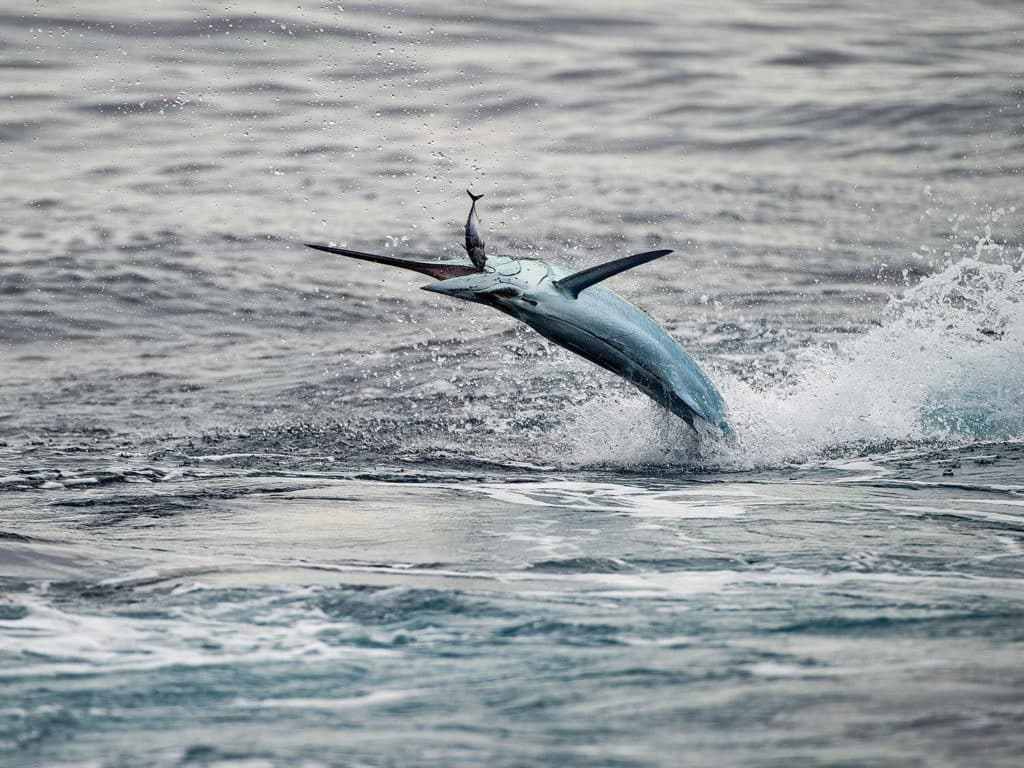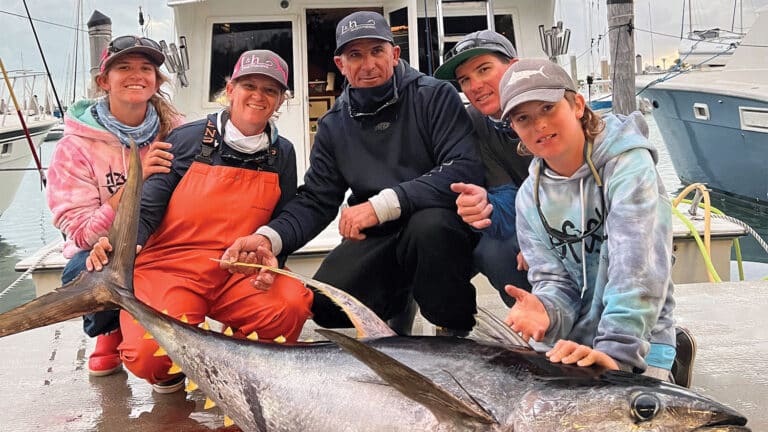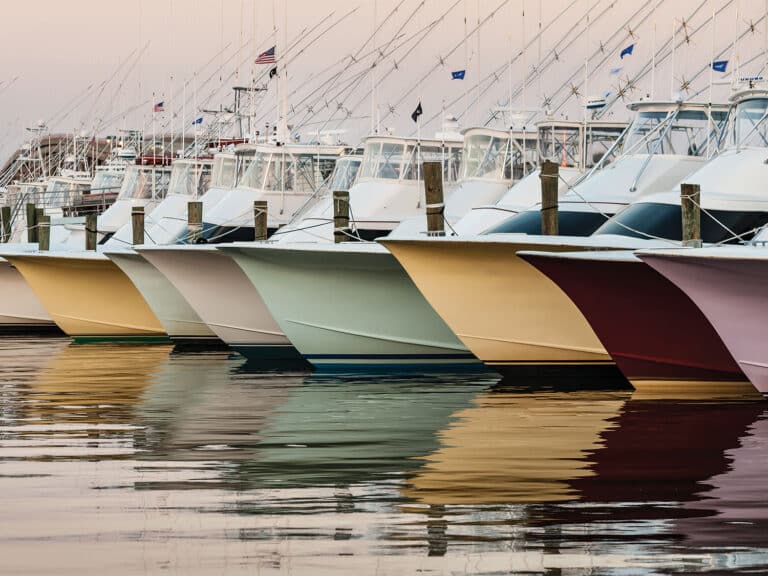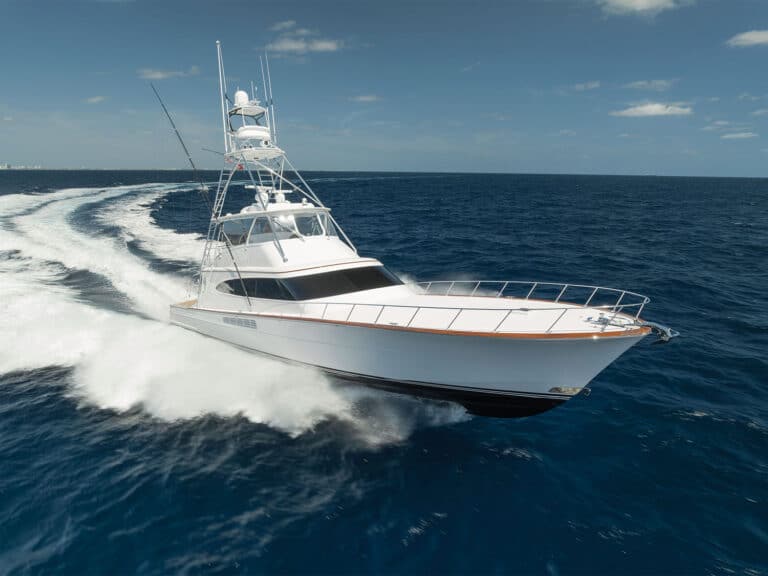
Two rates govern how long fish live: natural mortality and fishing mortality. Natural mortality is defined as death from predation or unfavorable environmental conditions and is especially high for juvenile fish. Fishing mortality is death from commercial and recreational exploitation of a stock. Most fisheries’ management measures involve output control measures that try to limit or control fishing mortality on various stocks.
For example, in the Atlantic Ocean, the International Commission for the Conservation of Atlantic Tunas limits the total Atlantic catch of blue marlin to 2,000 metric tons and 400 metric tons of white marlin, annually.
So, it’s clear to most anglers that carefully monitoring and controlling the amount of fishing mortality that a stock experiences is fundamental to managing it sustainably. This is the typical single-stock approach, where management is largely predicated on who, how and how much a specific stock is fished. However, there has been a movement in the United States and other countries to switch from the single-stock approach to ecosystem-based management. An ecosystem-based fisheries-management approach is a more comprehensive method of managing fisheries by taking into consideration the entire ecosystem of the species being managed, rather than single stock.
Because ecosystem-based fisheries management is a complex and difficult process that involves lots of moving parts, enacting management measures that protect the prey base of recreationally and commercially important species is a big step in the right direction. As I write this, the United States South Atlantic Fishery Management Council has a big opportunity to protect two very important pelagic prey: bullet mackerel, Auxis rochei; and frigate mackerel, Auxis thazard.
These two species of Auxis are found worldwide and are prominent prey items for many of our favorite pelagic gamefish species. In the southeastern United States, they have been found to be the primary diet item of wahoo and a very significant diet item for dolphinfish—two species that are under the direct management of the SAFMC. As part of the Dolphin Wahoo Fishery Management Plan, the Council has the ability to add both bullet and frigate mackerel as an ecosystem-component species.
What does this mean? Currently, both Auxis species are unmanaged in federal waters, which means there is nothing to prohibit an existing or new directed fishery from developing that could negatively impact their abundance or the abundance of the gamefish that rely on them as prey. If the SAFMC opts to include bullet and frigate mackerel as an ecosystem component species, it will effectively create proactive measures that will protect them from overexploitation and keep both species at sufficient abundances from Maine to the Florida Keys. This not only ensures that there are enough of them to feed wahoo and dolphin, but also a host of other very important gamefish that the SAFMC does not regulate, including marlin, sailfish and tuna.
Learn more about conservation issues here.
In May, the SAFMC conducted scoping meetings on including bullet and frigate mackerel as ecosystem-component species and collected comments from stakeholders. The International Game Fish Association and a number of other recreational and environmental organizations, as well as individual recreational anglers spoke up, voicing their opinions to protect these two important forage species.
This regulatory process is scheduled to go on until the spring of 2021, when the SAFMC will publish a final rule on whether to include bullet and frigate mackerel as ecosystem-component species. In doing so, there will still be an opportunity for recreational anglers to voice their opinions: Public hearings will take place in the spring of 2021.
If you fish for dolphin, wahoo, billfish or tuna anywhere along the U.S. Eastern Seaboard, I encourage you to follow and weigh in on this important matter. After all, recreational anglers understand the concept of “no bait, no fish” better than just about anyone.







